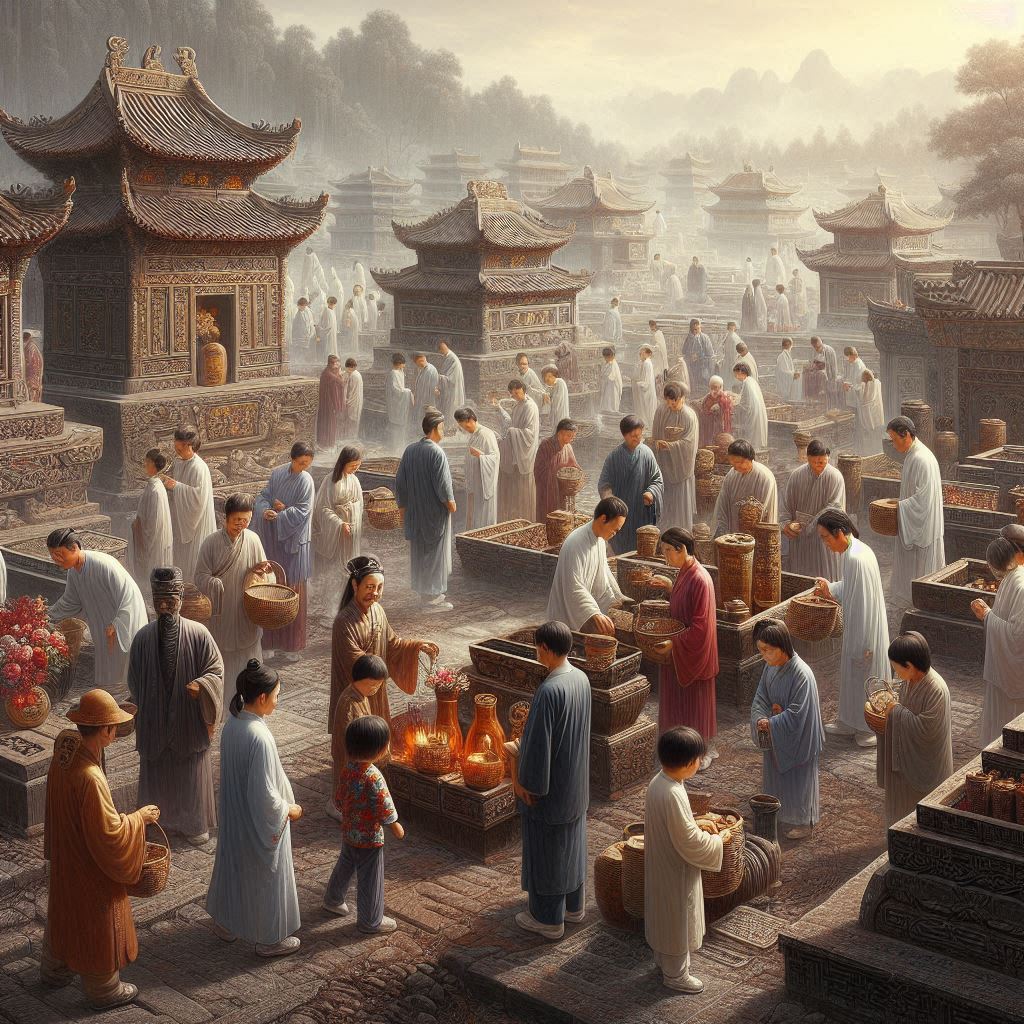
by Ravis VS
Last week, I was at the General Hospital in Kuala Lumpur visiting a friend. While there, I noticed something — something quietly powerful.
Several Chinese families — spanning across generations — were also visiting their grandparents and elderly relatives admitted to the ward. Amid the clinical surroundings, I observed warmth, presence, and a kind of intergenerational solidarity that’s hard to put into words.
As we waited, conversations began to flow. One such conversation led to Cheng Beng, and I found myself pausing. Not because I didn’t know what it meant — but because I realised how misunderstood it is, especially outside the Chinese community, and even within it.
It’s Not “Sembahyang” — Let’s Get This Straight
In Malaysia, where cultures overlap and languages blend, we often use Bahasa Melayu to explain things across ethnic lines. But here’s the problem: words can mislead.
Cheng Beng is often casually translated as “sembahyang nenek moyang” — literally, “praying to ancestors.” But this misrepresents the practice entirely.
Cheng Beng is not about worship. It’s about remembrance. It’s about paying respect.
And there’s a world of difference between the two.
Using the word “sembahyang” — which in Islamic and Malay context means religious prayer — confuses and distorts the true intent of Cheng Beng for non-Chinese observers. It creates unnecessary discomfort or judgment, especially in an environment where interfaith sensitivity matters more than ever.
What Cheng Beng Actually Means
The term “Cheng Beng” (清明) literally translates to “Clear and Bright”, reflecting a time of year in early April when nature renews itself and clarity is invited into our lives. But it also signifies a moral obligation to:
- Clean ancestral tombs.
- Offer symbolic food and incense.
- Gather as a family, not to “pray” to ancestors, but to remember them.
- Teach the younger generation where they come from — in a world moving too fast to look back.
In essence, Cheng Beng is an act of gratitude.
It’s no different from laying flowers on a soldier’s grave, lighting a candle for a late grandparent, or placing a framed photo in the living room out of love. It’s not “worship” — it’s human connection stretched across time.
Why This Matters Now More Than Ever
We are living in an era where traditions are misunderstood, misrepresented, or simply discarded.
During my hospital visit, I saw the contrast so clearly:
- One generation clinging to customs, trying to pass them on.
- Another, polite but disengaged, unsure why they’re even doing it.
If the language we use to explain our culture is misleading, how can we expect these traditions to survive?
Cheng Beng is not a superstition. It’s not an “old folks’ thing.” It’s a living ritual of respect, and we owe it to ourselves — especially in multicultural Malaysia — to explain it accurately.
Reclaiming the Narrative
Let’s reframe Cheng Beng not just for the Chinese community, but for everyone who lives and breathes in this shared space:
- It’s about acknowledging where we come from, not worshipping where we’re going.
- It’s about respect, not religion.
- It’s about remembering, not ritual for ritual’s sake.
When elders say “sembahyang,” they often don’t have another word to use. But we can offer a better one: “menghormati.” (To honour or to pay respect). Because that’s what it truly is.
A Final Thought
That day at the hospital reminded me: Culture dies when it is misunderstood. But it survives when it is explained with heart and truth.
Let us be the generation that clarifies, not confuses. That preserves, not just performs. That remembers, not just repeats.
Because Cheng Beng is not just about the dead — it’s about how the living chooses to remember.
WE